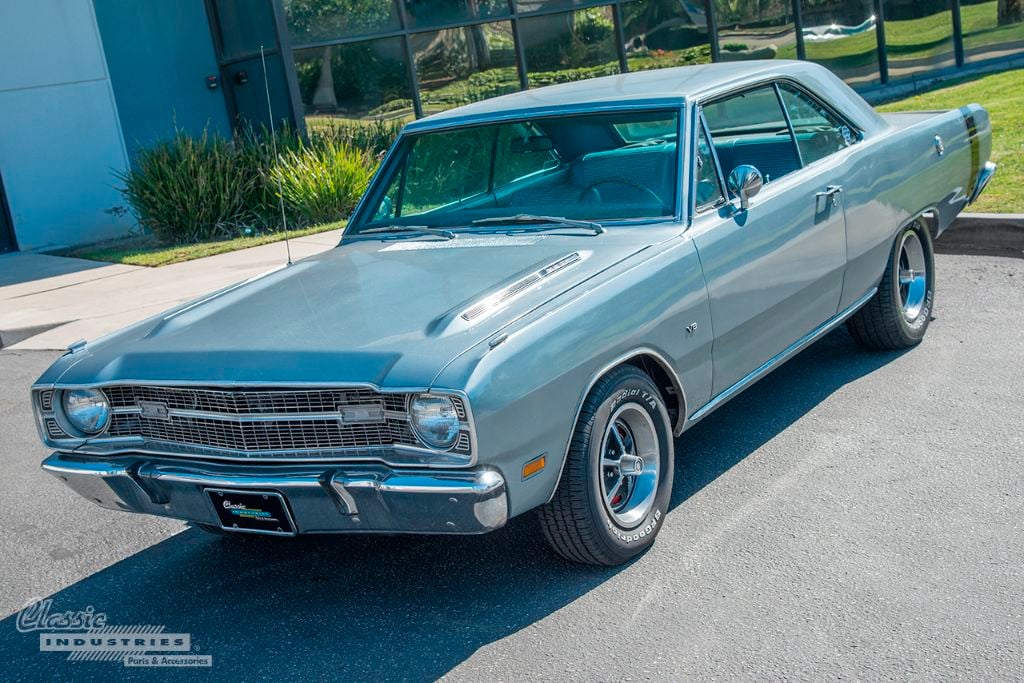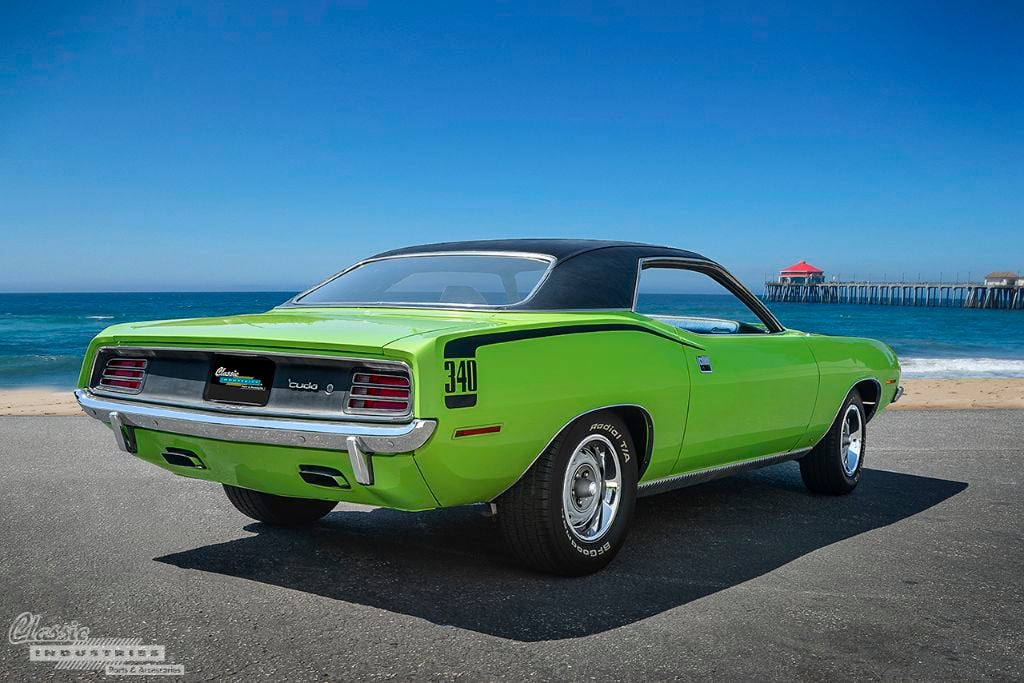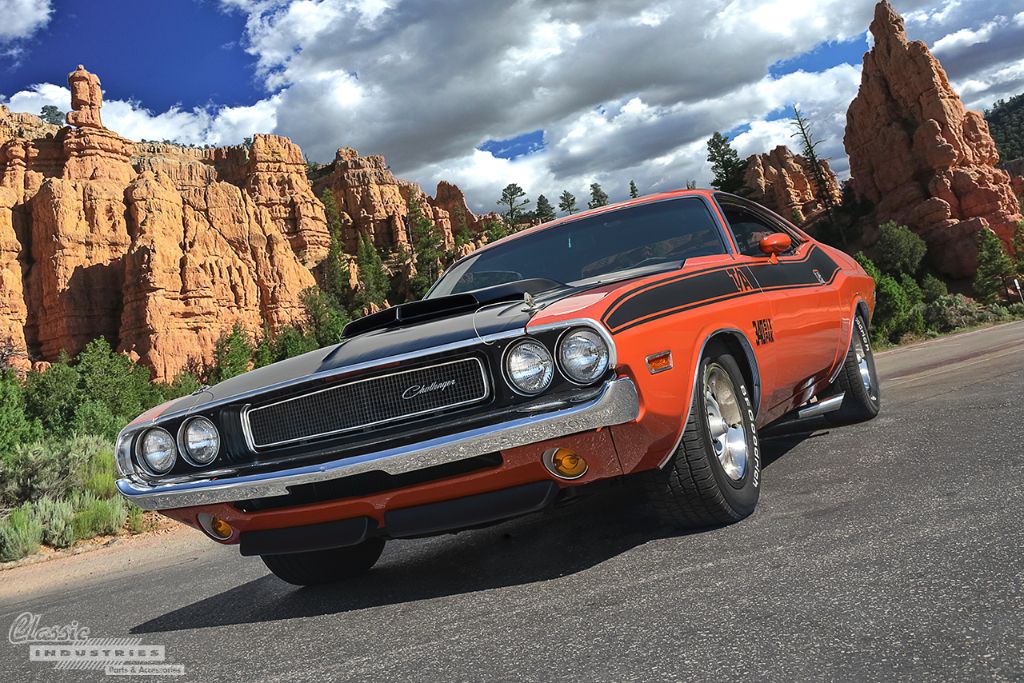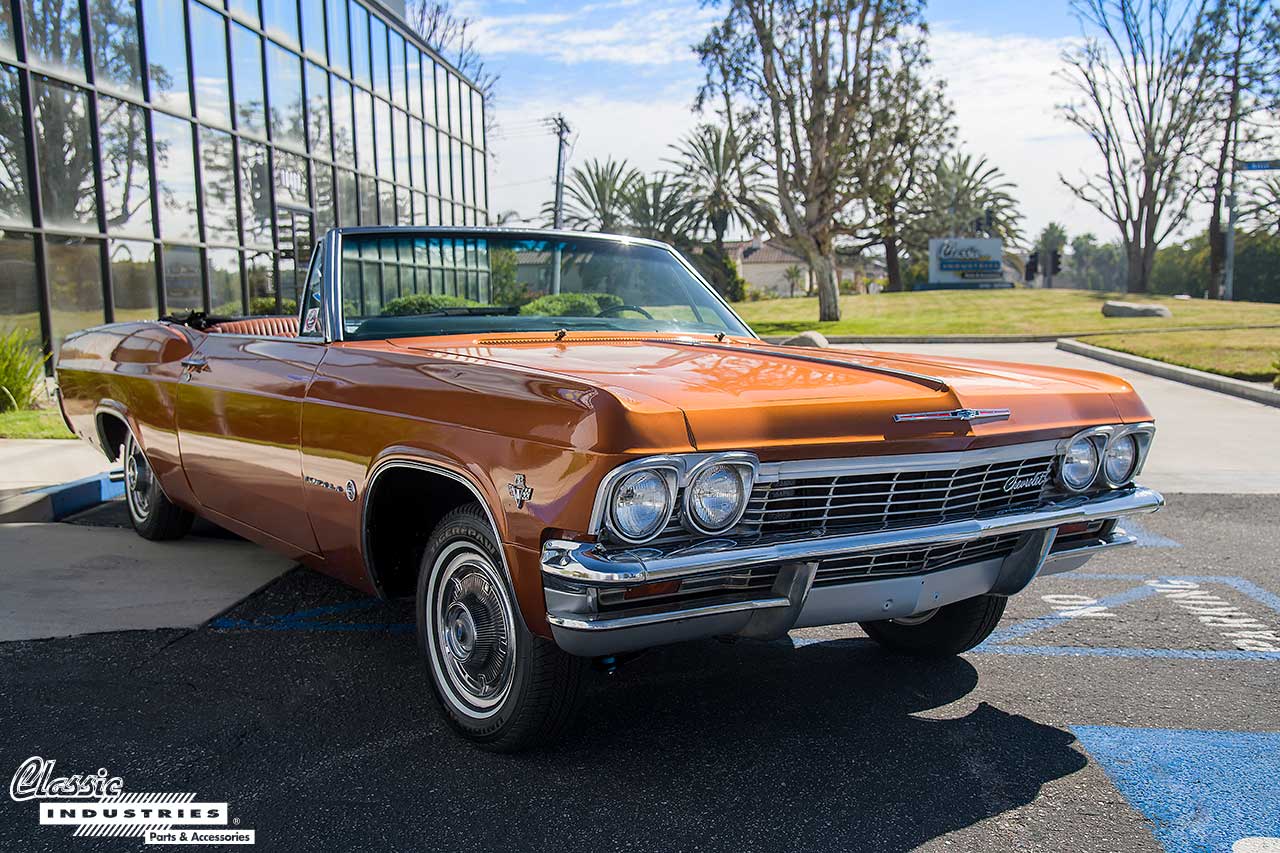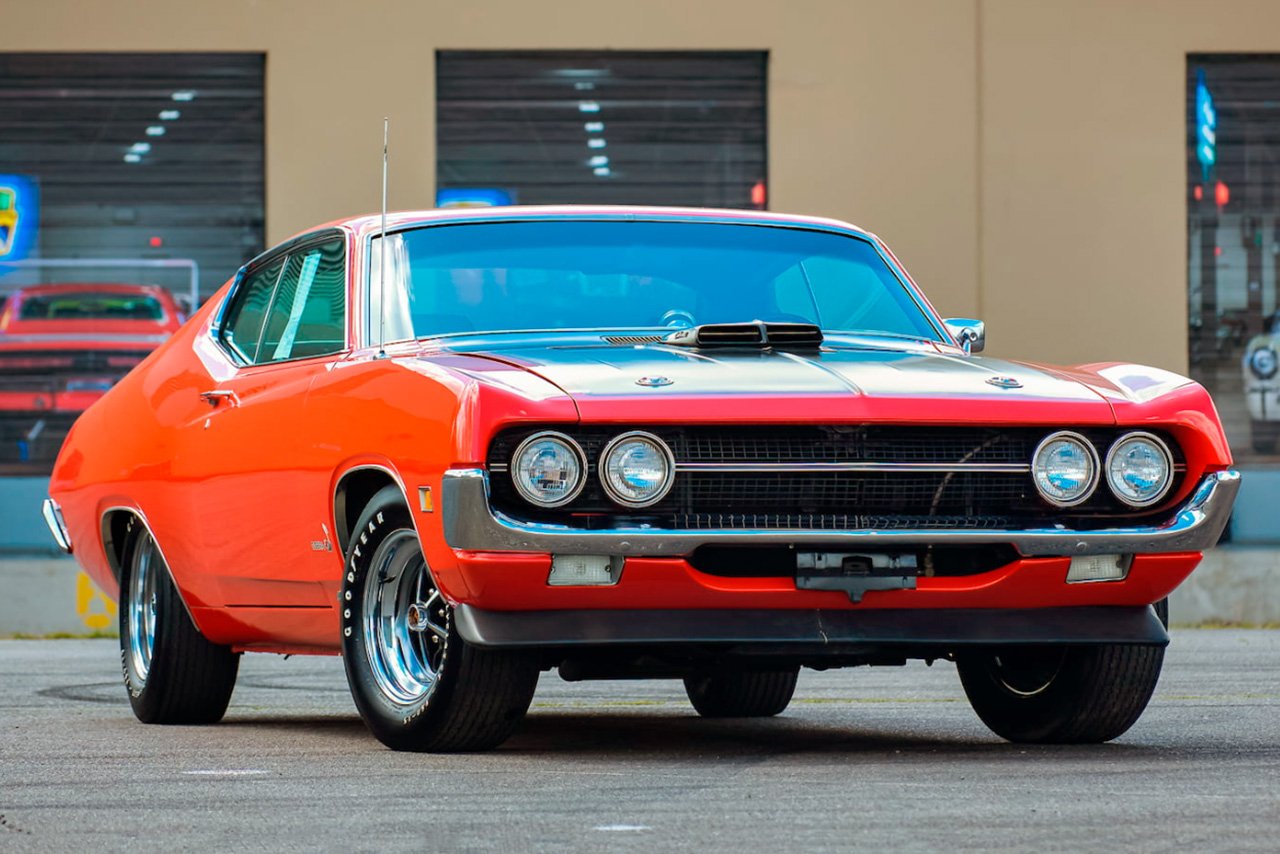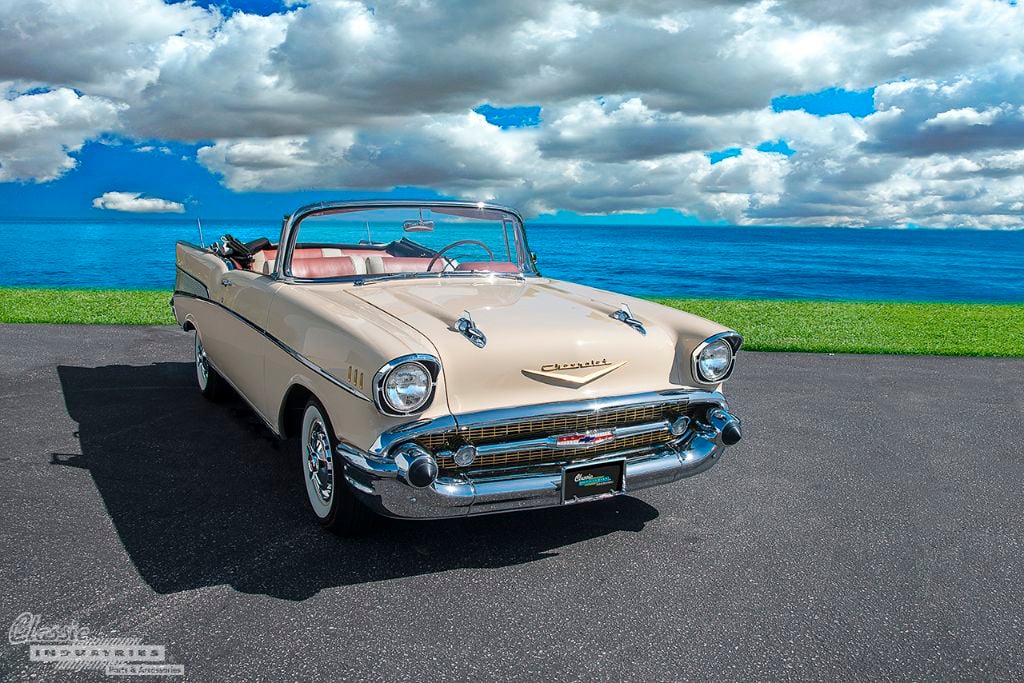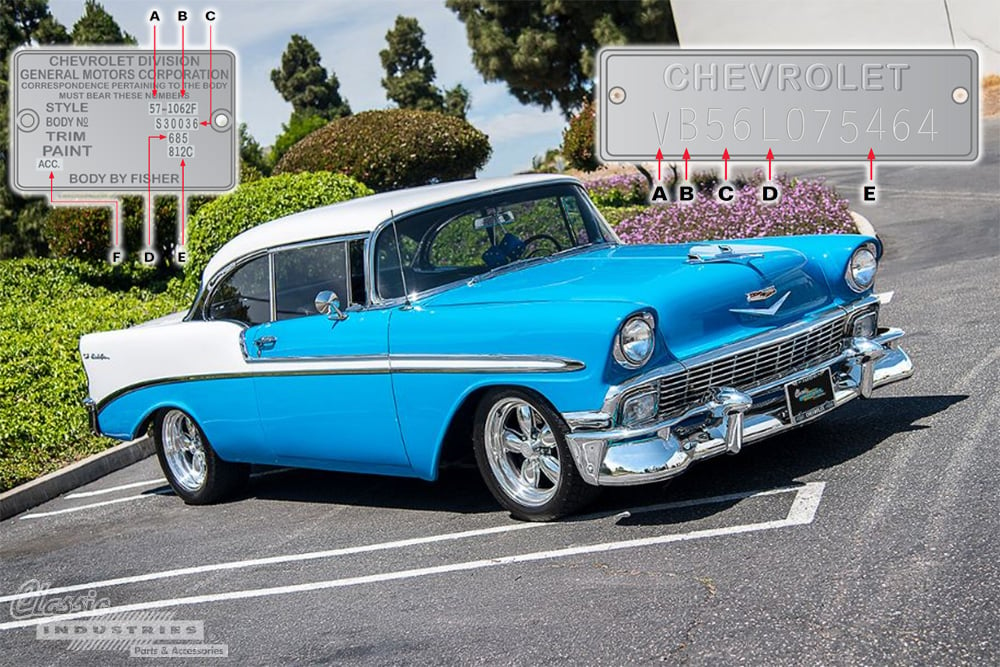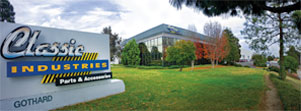Although many of the most well-known classic cars are full-size vehicles, American automakers have made some great compact cars as well. The Dodge Dart is one prominent example of this fact. This model, which was built on the Mopar A-Body platform from 1963 through 1976, offered a range of configurations from practical six-cylinder commuters to potent V8 muscle cars. Today, we'll take a look back at each step in the evolution of Dodge Dart history from '63 to '76.



